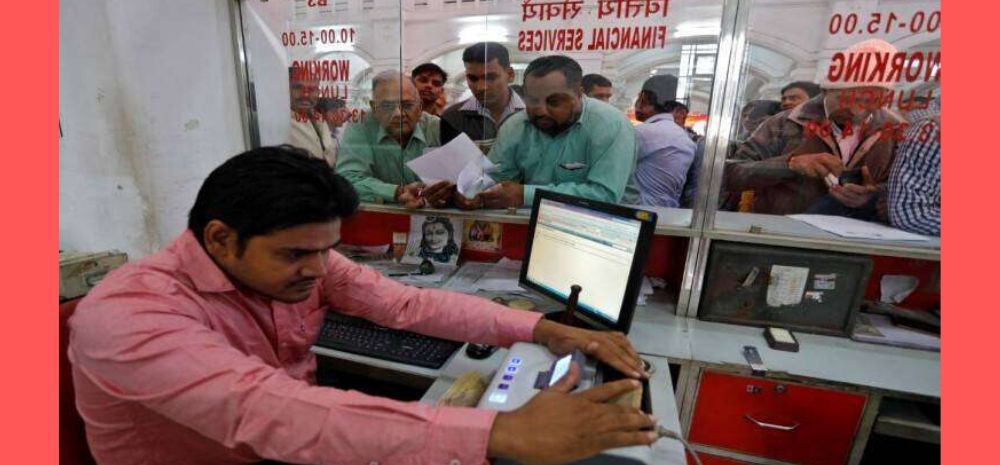India Will Have Only 5 PSU Banks As 50% Of All Govt Banks Will Be Privatized: The Big Plan

The Finance Minister Nirmala Sitharaman had last year decided to merge 10 public sector banks into four banks, thereby strengthening the infrastructure of the banks, so that they can meet international standards.
With the mergerisation just successfully implemented with the start of this financial year on April 1, the finance ministry now has plans to privatise some government-owned banks, in attempts to make them stronger.
Privatization of Government Banks?
After a recent merger involving the amalgamation of 10 state-run lenders into four banks, the Niti Aayog, the policy think tank of the government had suggested last month to reduce the number of government-owned lenders to just five in number.
Currently, India homes 12 state-owned banks. The idea right now is to bring this number down to 4-5 government owned banks.
It is being recommended by several government committees as well as the RBI, to cut down the current 12 state-owned banks in India to not more than 5.
The plan is to sell majority stakes in:
- Bank of India,
- Central Bank of India,
- Indian Overseas bank
- UCO Bank
- Bank of Maharashtra, and
- Punjab & Sind Bank.
A government official has reported that this privatisation proposal is being formulated by the government.
The finance ministry declines to make any comment on the same.
What is the Objective behind This?
It is being reported that the main purpose behind this plan is to put a hold on future bailouts by using taxpayers’ money.
Until last month, there were alleged rumours of the government examining the possibility of privatising Punjab & Sind Bank, Bank of Maharashtra and Indian Overseas Bank.
In this ongoing privatisation plan, the government is trying its best to raise money by selling assets in non-core companies and sectors, at a time when there is a shortage of funds due to the Covid-19 outbreak.
When Can you Expect the Divestment Plans to Play Out?
As of now, the government is diligently working on creating a successful privatisation plan, which could boost funds.
Sadly, this plan is being worked out at such a bad timing, when banks are facing increasingly bad loans now and even in future, courtesy of the global pandemic.
Due to such unfavorable market conditions, the divestment plan may not take place this financial year.
- The bad loans situation may worsen (almost double) after the economy situation comes to a standstill.
- The Indian banks already had loans amounting to ?9.35 trillion, at the end of September 2019.
- Consequently, the government might need to put in about $20 billion into its state-owned banks.

Comments are closed, but trackbacks and pingbacks are open.